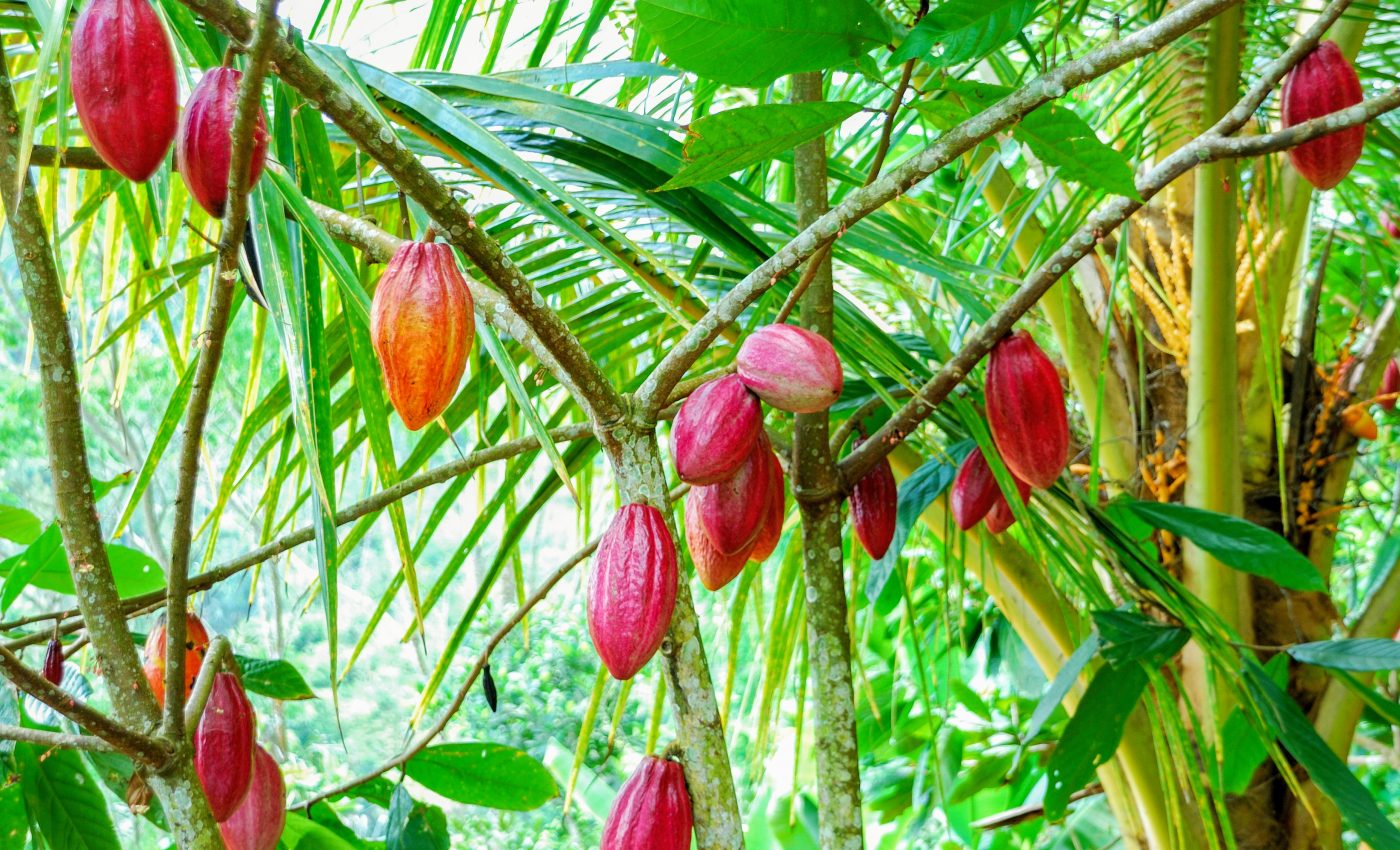
Secret cocoa pollinators revealed
The specific pollinators for most major crops remain a mystery, despite the important role these animals play in global food security. In a new study led by the University of Göttingen, experts were surprised to find that ants are the most important cocoa pollinators across agroforests in Indonesia.
“We found that ants and Diptera were the most common flower visitors, and although previous studies suggest ceratopogonids as main cocoa pollinators, none were captured in this study,” wrote the study authors.
The researchers also determined that the best way to support the tiny cocoa pollinators was through promoting leaf litter and shade.
“In the landscape and farm-level approach, potential-pollinator habitats surrounding the farm, and increased canopy cover enhanced ant and Diptera abundance, whereas distance to forest had no effect,” explained the researchers.
In collaboration with experts at Tadulako University, the team carried out two separate experiments involving 42 cocoa agroforestry farms in the Napu Valley of Central Sulawesi.
Sticky glue was applied to over 15,000 flowers in more than 500 trees for an eight-month period, and the cocoa pollinators were recorded.
In one experiment, the researchers investigated how the distance between the forest and the farm, and the amount of canopy cover, affected the abundance of the main pollinators.
In the second experiment, the team measured the effect of leaf-litter management on pollinators. The study revealed that ants were the most common cocoa pollinators.
“We were surprised that we did not capture any cerato-pogonid midges, even though these tiny midges were considered the most important pollinators of cocoa. This emphasizes that cocoa pollinators are more diverse than previously known but also that there is still much to learn,” said study first author Dr. Manuel Toledo-Hernández.
“Current global cocoa initiatives should consider the role of biodiversity friendly habitats for the conservation of pollinators, because their pollination services are an ecological alternative towards current commitments on combining high yields with conservation.” The study is published in the journal Biological Conservation.
—
By Chrissy Sexton, Earth.com Staff Writer













